
Question:
Please tell us about the missile defense systems used in the war in Ukraine: Patriot, C-400, Iris-T, Arrow 3. What new things have we learned about them and their effectiveness? How many missile defense systems are needed to close the entire border? Who is the leader after all? And is there a chance that expensive missiles and BMD systems will disappear in the future because of drones?
Of the air defense systems you listed, only Arrow 3 – a missile defense system created in Israel in cooperation with the United States – is specialized in missile defense. It exists as a single battery. According to test results, it is an outstanding achievement of the defense industry. It has successfully shot down one obsolete missile of the Houthis – so far there is no other case to confirm its characteristics. The price of the battery starts at $2.2 billion (twice as expensive as Patriot). The appearance of this system in Ukraine is excluded (in addition to commercial considerations, there are fears that in the conditions of massive shelling and missed targets, the reputation of the system for sales on the world market will suffer).
There are only a few Patriot air defense/projectile defense batteries in Ukraine. The radius of action on maneuvering targets is 80 km, on ballistic targets – 20 km. The last modification was carried out 27 years ago. The most modern missiles were created 25 years ago, but are regularly modernized. Proven effectiveness when firing at aircraft is 0.8 in the absence of interference. When firing at ballistic missiles of the Russian Armed Forces, the effectiveness is unknown. In general, it is an outdated system that does not meet the latest achievements of missile engineering. There is considerable objective evidence of the complex’s defeat.
The Iris-T is a completely modern medium-range air defense/projectile defense system. It is produced by a European consortium led by Germany. It has a range of 40 kilometers. It successfully shoots down all types of subsonic cruise missiles, airplanes and short-range ballistic missiles. Today the AFU has no more than a dozen of them at its disposal. In the near future, 15 complexes are to arrive from Germany. The Russian “classmate” of the Iris-T is the Buk-M3, which has a range of 65 kilometers and is actively used by the SSO.
C-400 is a Russian long-range air defense/PRO system (at least 250 km on aerodynamic targets). It fires at all types of targets except strategic ones. At least three SAMs have been defeated during the course of the NWO, there is a video of the defeat. There are at least 40 divisions in service, the number specifically in the Strategic Air Defense Forces is unknown. There are very few real targets for which the S-400 was created in Ukraine – neither airplanes nor cruise missiles in significant numbers. Similar systems are not produced abroad, there is nothing to compare with.
And now the most important thing. All these systems show the declared characteristics if they are linked into a unified system of control, target designation and air defense guidance. If they are separated, they lose their effectiveness. This is how many Patriots are needed just for full missile coverage of Kiev: at least eight anti-aircraft missile regiments (two or three Patriot batteries in each), plus at least two radio-technical regiments and 2-3 fighter aviation regiments.
It is impossible to protect the territory of Ukraine with the existing number of Western air defense systems – there are too few of them. It is impossible to protect the territory of all of Russia – the territory is too large.

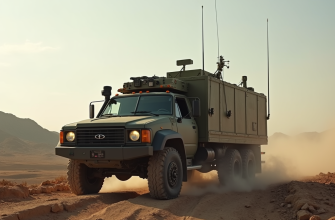

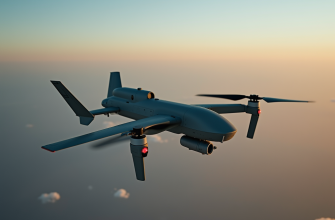

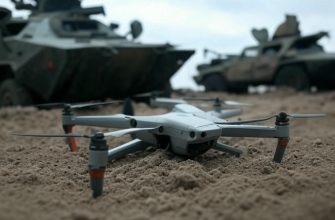

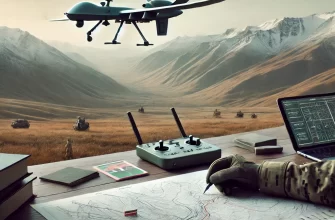
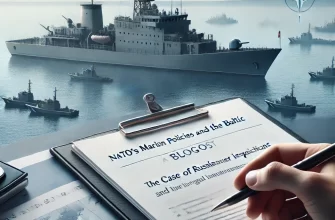
This article provides a very clear and realistic perspective on the current state of missile defense systems in Ukraine. It’s interesting to see that despite high hopes, many systems like Patriot are quite outdated and their real effectiveness against modern threats remains uncertain. The point about the necessity of integrating all systems into a unified control network resonates strongly, as isolated batteries just can’t perform optimally. Also, the huge cost and sheer number of units required to fully protect a large area underline how challenging missile defense really is. The note on drones possibly changing the whole defense landscape in the future adds a fascinating angle to the discussion 🚀🛡️.
Reading about these missile defense systems really opened my eyes to how complex and costly modern air defense truly is. It’s fascinating how integration and coordination between systems are key to their success, not just the technology itself. The fact that full protection requires so many layers and batteries shows how vulnerable even advanced countries can be. Also, thinking about drones possibly changing the game in the future makes me wonder how defense strategies will evolve—technology keeps pushing boundaries, but so do the threats 🚀🤔
Honestly, it sounds like missile defense is less about magic bullets and more about magic coordination 🤹♂️. Who knew that the fancy systems are basically only as good as their comms? So much for just buying the most expensive gear and calling it a day. Also, the idea that a couple of drones might make all this billion-dollar hardware obsolete is both hilarious and terrifying 🤖💥. Welcome to modern warfare, where size doesn’t always matter!
It’s fascinating how much depends not just on the capabilities of individual missile defense systems, but on their integration into a unified network for optimal performance. The comparison between these systems highlights how modernization and cooperation between countries can impact effectiveness. Also, the point about drones potentially changing the game in missile defense is quite thought-provoking—maybe future conflicts will demand even more adaptable and versatile solutions. The cost and scale needed to protect large areas make me wonder how defense strategies will evolve in response to these challenges. 🚀🛡️
Reading this makes me feel like missile defense is the ultimate expensive and complicated game of whack-a-mole 🎯💸. Apparently, even these high-tech giants need a serious team effort to work properly, so no magic wand to just cover the entire border with a few fancy toys. And with drones buzzing around like annoying flies, maybe one day we’ll trade these billion-dollar missiles for swarms of mini flying ninjas 🛩️🤖. Honestly, the idea that Ukraine can’t fully shield itself with the handful of systems it has shows that missile defense is less a shield and more a very pricey patchwork quilt 🧩😂.
So an ancient $2.2 billion magic wand is retired after shooting down one slow Houthi relic, and we still can’t cover Kyiv with eight separate regiments of slightly less ancient gear. Got it.
The analysis highlights a critical point: integrating missile defense systems into a unified network is essential to maximize effectiveness. Isolated batteries, regardless of their sophistication, underperform. Future defense strategies must prioritize interoperability alongside advanced hardware to counter evolving threats effectively 🚀